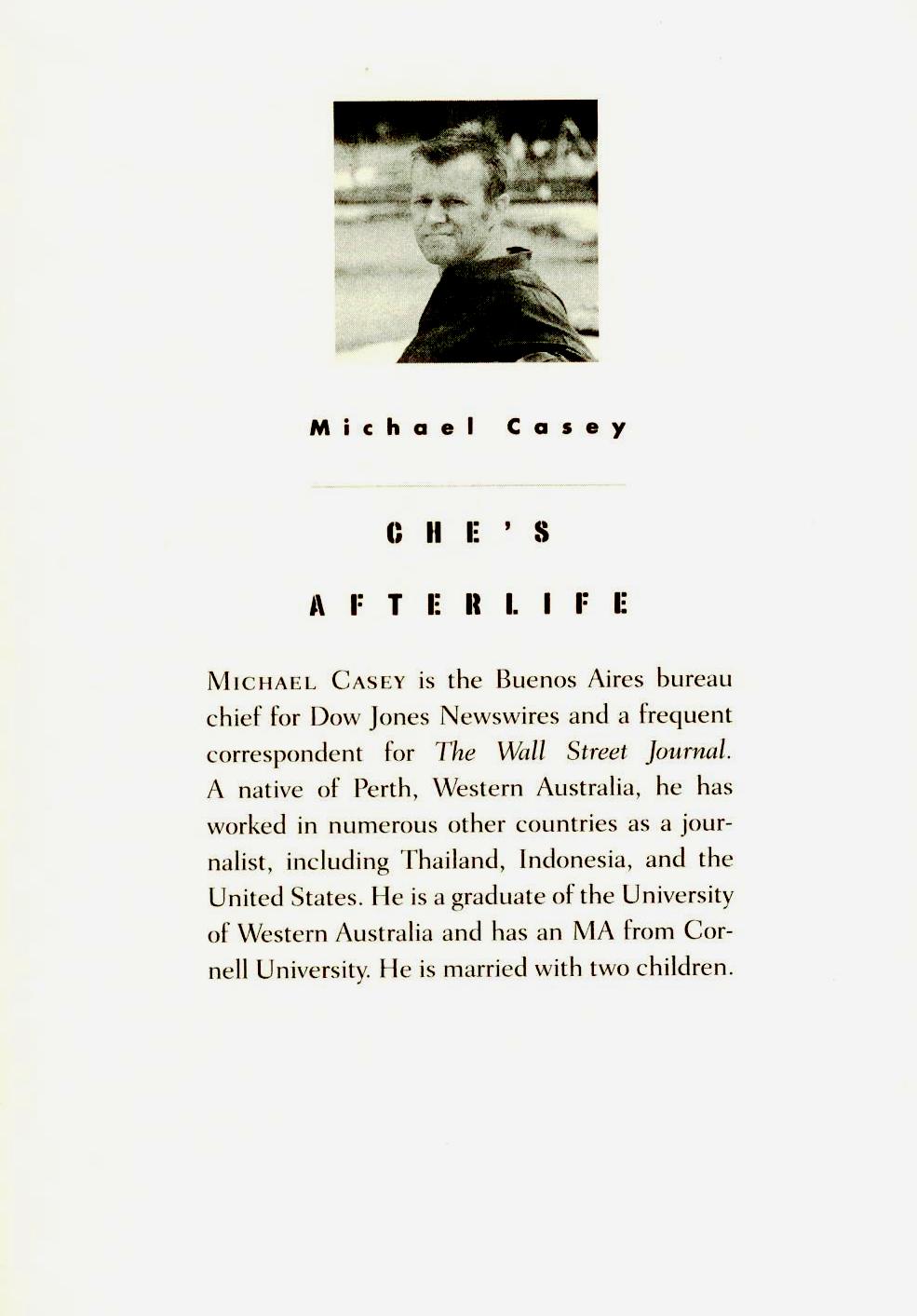On Wednesday, June 30, 2010, the House Agriculture Committee approved by 25 to 20 to take the Travel Restriction Reform and Export Enhancement Act (H.R. 4645) for a vote in the House of Representatives. This bill was introduced in the United States House of Representatives on February 23 2010 by Representatives Collin Peterson (D, Minnesota) and Jerry Moran (R, Kansas) with forty bi-partisan House cosponsors.
The Peterson-Moran Bill may be a winner. It would be difficult for Congressmen and Senators in the Republican farm states to vote down an agricultural promotion bill – even with the travel provision. The Bill is supported by a coalition of some 130 US organizations including the U.S. Chamber of Commerce, National Farmers Union, the American Farm Bureau Federation, AFL-CIO, the U.S. Conference of Catholic Bishops, the Brookings Institution, the Council on Foreign Relations and the Cato Institute.
A group of 74 of Cuba’s most prominent political prisoners, independent librarians, bloggers, independent journalists, magazine editors, clerics, intellectuals, artists, members of the civil society and of political organizations also supported the Bill in a letter to the Members of the United States House of Representatives and its Agriculture Committee. It is therefore difficult for remaining hard-liners in the US Congress to argue that the Bill is objectionable because it would be supportive of the Cuban Government. Of course the Cuban Government would benefit from the foreign exchange earnings from tourism. But all citizens would benefit. Most important, the process of normalization would be well launched.
Enactment of the Bill would generate major benefits for both countries. By modifying financial terms and requirements of sales to Cuba, it is expected that the US share of Cuba’s food imports will increase further. It is already the largest exporter of agricultural products to Cuba, with food exports reaching US$ 711 million in 2008. The U S quickly displaced Canada as the main food supplier following the 2000 liberalization of agricultural exports by the Bush Administration.
American citizens will acquire a right to travel that they lost, in large part, in 1961. However, Cuban Americans have been able to return to Cuba and many other US citizens have travelled to Cuba for educational and religious reasons, or illegally. In fact, in 2003, there were some 85,000 US visitors. Last year, following the liberalization of travel for Cuban-Americans, this number was estimated at around 300,000.
 Cuba will benefit from lower cost food imports from the US – though this will further reduce the incentive for Cuba to improve its own faltering agricultural economy, where the 2010 sugar harvest will likely be about 1 million tons, the lowest since 1908.
Cuba will benefit from lower cost food imports from the US – though this will further reduce the incentive for Cuba to improve its own faltering agricultural economy, where the 2010 sugar harvest will likely be about 1 million tons, the lowest since 1908.
A Tourism “Tsunami ” for Cuba?
Free travel for US citizens to Cuba will produce a deluge of US visitors to Cuba. Among the varieties of tourists would be the following:
- Curiosity tourism. There could be a huge tourist influx of US citizens wanting to see Cuba for the first time since 1961. Relatively few US citizens appear to have broken US travel restrictions so that the pent-up demand is enormous.
- Family Reunification tourism. When all controls are lifted on the US side for travel to Cuba, a large increase in short-term visits by Cuban-Americans for family purposes is likely to occur. Such an increase already occurred in 2009-10.
- Sun, Sea and Sand tourism. Many US citizens, especially from the North Eastern and Central parts of the country will likely follow the winter-escaping Canadians to Cuban beaches for one to two week periods.
- “Snow-bird” tourism. Some US citizens, mainly retirees, will spend several of the winter months in Cuba. This will be limited until accommodation arrangements such as time-share condominium arrangements are possible.
- Medical tourism. There may be some travel to Cuba for access to medical services which will likely continue to be inexpensive relative to the United States.
- Convention tourism. Short-term visits for conventions could increase significantly.
- Cultural and Sport tourism. One might expect more visits for purposes of interacting with and experiencing Cuban art, music, cinema, and sports.
- Educational tourism. It is likely that American students and teachers at various levels would enroll or visit Cuban institutions of higher learning or cultural and sports centers for courses, years abroad, sabbaticals, language training etc., in much greater numbers than have been possible under the embargo.
- “March-Breaker” tourism. Students from the US are likely to try a visit to Cuba for the March Break, instead of the Maya Riviera, Florida or elsewhere.
One could imagine US tourism quickly doubling the 2009 Canadian level of 915,000 and redoubling again in a decade or so, as Cuba’s capacity to accommodate more tourists expanded. This would perhaps double Cuba’s total foreign exchange earnings from tourism within a decade, which were already at about $US 2.6 billion by 2008.
The “Jitters” for President Raul Castro?
The Peterson-Moran Bill will also give the Cuban leadership the jitters as 50 years of pent-up tourism from the US inundates the Island. While the Act is an economic “win-win” for both countries, the deluge of US visitors could have an impact on internal politics in Cuba. It has often been said – perhaps with some truth – that the best ambassadors for the US are its own citizens. They undoubtedly will be treated warmly and will bring charm and goodwill as well as dollars. They may also bring “contamination” from the perspective of the Government of Cuba as Cuban citizens learn more about life in the United States on a first hand basis. Increased knowledge and independent income generation will make Cuban citizens more restless – especially if the Cuban government does not immediately liberalize foreign travel for its own citizens. Indeed, the Cuban government may attempt to decelerate the wave.
Negotiating normalization with Cuba is a politically contentious, complex but ultimately low priority issue for the Obama Administration given all the other problems it faces. It is helpful for Obama to have the normalization process move forward by independent bi-partisan Congressional action.
Will the Cuban Government respond constructively by releasing the political prisoners incarcerated in 2003, or by dropping the 10% tax on US dollar remittance payments and transfers?
Will the Cuban Government, in reply, liberalize travel abroad for its own citizens to the US and elsewhere?
Actions such as these would facilitate additional steps by the United States in the difficult process of normalization and reconciliation.

School Children, Parque Central Havana, Circa 1996
Photograph by the Author









